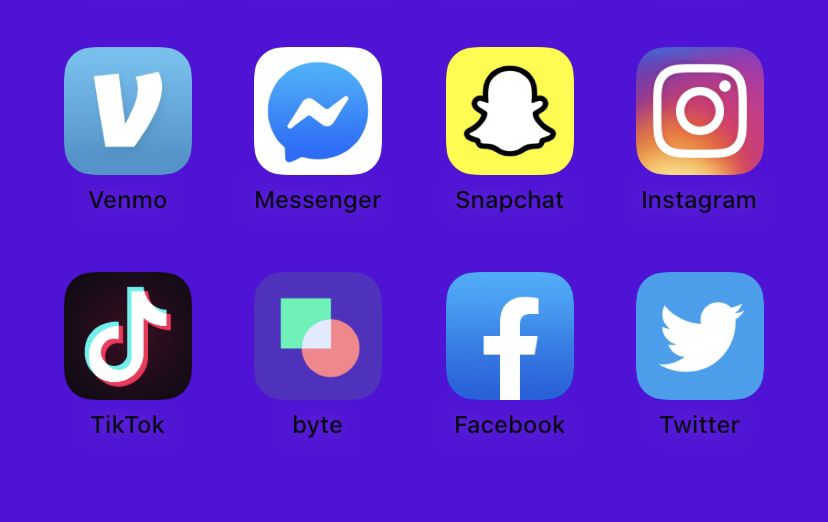The trajectory of the TikTok trend
February 2, 2020
Vine was a short-form video social media platform founded in 2013. By the year 2016, Vine was bought by Twitter and shut down. On Jan. 24, Byte, a new short video social media platform, was released by the creators of Vine.
Vine was popular among a niche market in its prime, but today, there is a new short video social network called that has 500 million users worldwide, according to the Influencer Marketing Hub.
TikTok launched in 2017 by a Chinese company called ByteDance. The features of this app include one-minute-long videos that users can add special effects, text and sets to music.
“Now you’re the producer, you’re the star of the video, you don’t need to go on to Youtube, you can create your own channels and wow your friends,’’ Michael Bugeja said, distinguished professor in the Greenlee School of Journalism and Communication.
Despite being widely popular, the terms of service agreement of the app may raise some concerns. It says in the terms and conditions that TikTok has the right to scan and collect all your emails. This raises concerns when our armed forces have used TikTok for recruiting, according to Sen. Charles Schumer and Sen. Tom Cotton. Bugeja said he suggests for consumers to read the terms of service agreement before consenting to anything.
“It’s getting to the point where privacy is violated on such a regular basis, it can’t be stopped anymore,” Bugeja said. “But the issue then becomes what platforms you will decide to patronize, if they violate your privacy to an extent that it has complicated your life.”
The emergence of Byte raises questions as to how the two platforms will compete with each other, but it’s very hard to compare the two. Byte is a six-second video loop, so the content that will be posted to each platform will be very different. Byte will likely appeal to a very niche audience and potentially the original users of Vine. These videos will be brief, creating stricter boundaries for user creations.
What makes a platform successful in terms of long-term consistent usage is the ability to be flexible. We have seen the majorly used social media platforms like Facebook, Instagram and Twitter change consistently over time to accommodate new users and their new demands and interests, Bugeja said. The six-second loop that Byte has adhered to could potentially be restrictive to them.
“TikTok has the audience, the flexibility, the potential for a variety of things you can do on it,” Bugeja said. “It definitely has an advantage.”
On the contrary, the attention span of the average social media user is getting shorter, according to a study published by Microsoft. This could potentially turn Byte’s audience from specific users to a more widespread user base as the attention spans of users decline. It is difficult to predict the long term success of social media and even harder to define that success. Different platforms target different audiences and functionality.







